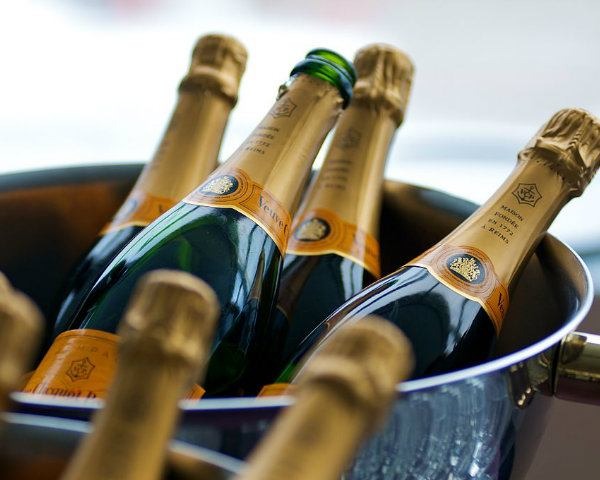Lucky Scientists Taste World's Oldest Champagne
While the 150-year-old wine recently discovered in a Civil War shipwreck was just "crab water" by the time sommeliers opened it, some French scientists got lucky with some fine Champagne that spent even longer on the floor of the ocean and still did not go bad.
According to The Local, researchers say the cold, dark conditions at the bottom of the ocean might be the perfect way to store Champagne, because scientists recently opened and analyzed several bottles of Champagne lost to the Baltic Sea 170 years ago, and the Champagne was actually still good. The corks in the bottles identified the Champagne as being made by Veuve Clicquot Ponsardin, Heidsieck, and Juglar. They did not taste like modern Champagne, though, as the older style was reportedly much, much sweeter.
Scientists who analyzed the bottles said the Champagne contains about three times more sugar than modern Champagne, possibly because the producers added grape syrup to make it sweeter.
After analyzing the chemical structure of the Champagne, scientists were able to actually taste it. At first, they did not taste very good.
"At first, the Baltic samples were described using terms such as 'animal notes,' 'wet hair,' 'reduction,' and sometimes 'cheesy,'" said the study, which was published in the Proceedings of the National Academy of Sciences, and explained that the unappealing flavors could result from the lack of oxygen at the bottom of the sea. "Upon swirling the wine in the glass to oxygenate it, the aroma became far more pleasant, with the main aromas described as empyreumatic, grilled, spicy, smoky, and leathery, together with fruity and floral notes."
In 2011 a bottle of Veuve Clicquot from the shipwreck sold for €30,000, and another bottle from the same stash sold for €15,000 in 2012. Now that the results of this study have been published, the owners of those bottles might want to actually pop them open and give them a taste, because apparently the Champagne inside is still good.
